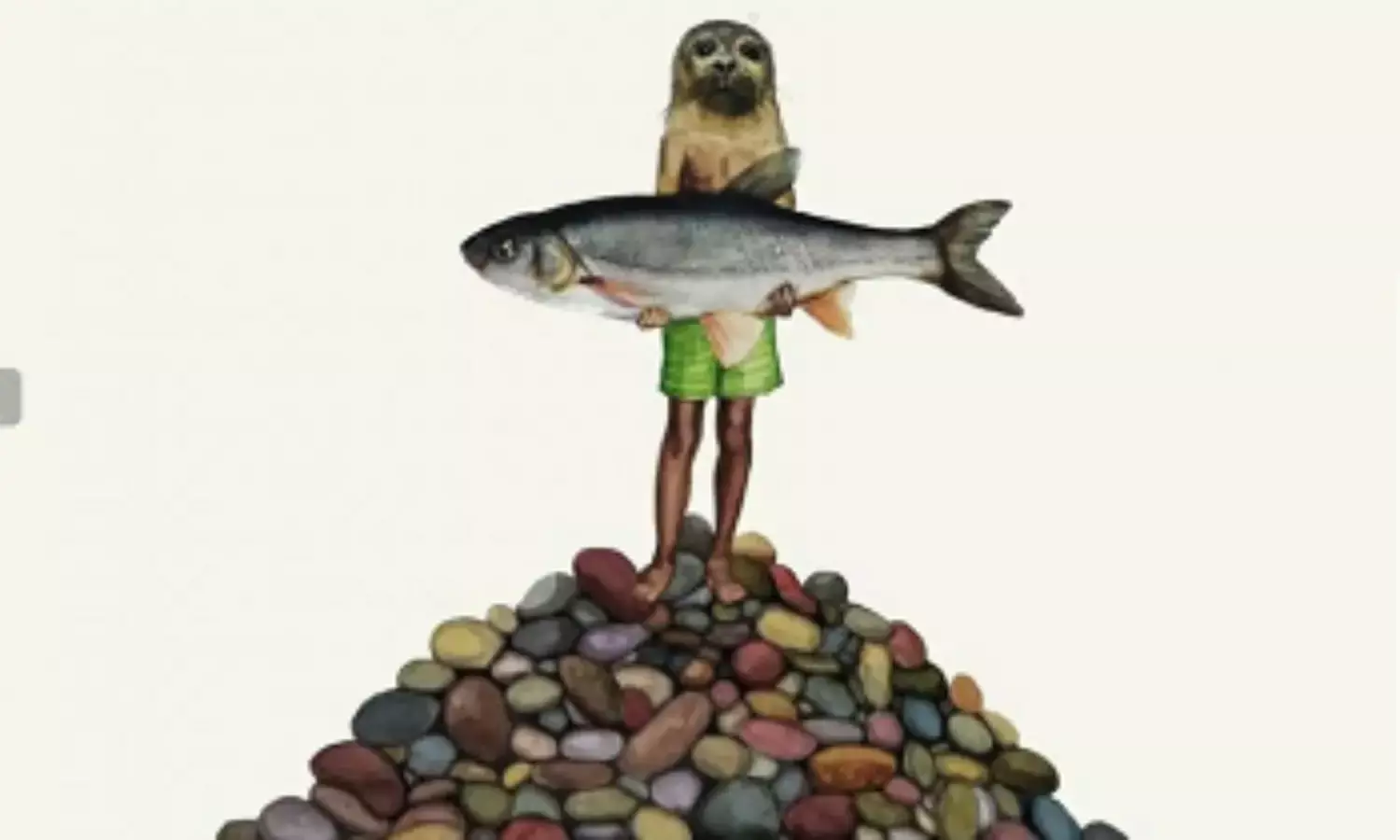The Art of Bridging the Gap
Art that brings the world together
An earthling, blue skies, hills, a stack of buildings, a stack of moving cars, an almost white rooftop, that window, another earthling. That is how distance is measured, through endless concrete, metal, forests, blue skies, thundery grey skies, half-moons, sunny days, oceans, grim shadows, populace, everything adding their share of mass and molecule to passages that bring you closer to where you want to go. Distance is seldom measured separately, it is always a part of a story, stories of two people living in distinct parts of a pluralistic world, the vastness separating them.
Art can close the gap between people living in various parts of a city, state, country, by communicating an ethos, political amendment or societal upheaval taking place in one part of the world into an art gallery, public space, theatre, workshop in another part of the globe, making us more compassionate, informed and observant human beings.
Examining what it means to be a part of the global tribe, Kuala Lumpur based art gallery Richard Koh Fine Art brings together drawings, sculptures and collages by three Malaysian artists, Anne Samat, Hasanul Isyraf and Dhavinder Singh as part of the India Art Fair 2018, in New Delhi.
Contemporary art galleries, Exhibit 320 and Blueprint12 have come together to establish Tribal Art Forms, a platform which will showcase vernacular practices in India and abroad at the India Art Fair this year, and act as a channel between artists and the public.
One can also view whimsical water colour works by Arpita Singh at the Art Fair, paintings which reveal social hardships and subterranean tensions faced by women. The works are a part of Vadehra Art Gallery at the India Art Fair this year.
From galleries bringing largely South Asian art to a single stage, popular messages to a large audience and becoming bastions of a traditional world in modern times, the Art Fair this year is yet again inclined in communicating diverse stories to an audience that is willing to listen, observe and question.
Nature Morte Gallery in Delhi, showcases artist Gauri Gill’s works, photographs representing those who have been rendered powerless by state forces and societal structures. The works titled Acts of Appearance are a series of vivid colour photographs for which the artist worked closely with Adivasi artists from the Konkana tribe of the Jawahar district in Maharashtra. The people of the district are renowned for their papier-mâché objects and traditional sacred (Bohora) masks. In these photographs Gill’s collaborator subjects wear masks as they engage in everyday village activities.
At the exhibitION, narratives defining realities and dreamlike state, come together through photographs, which portray familiar experiences as well as playful and symbolic experiences of community members, against the backdrop of their home and culture. Acts of Appearance is presented along with Notes from the Desert, a series of older photographs by Gill, works created across distinct locations in India, emphasizing her engagement with rural communities and local artists.
Bringing rural arts and crafts closer to urban communities and galleries through contemporary art forms, builds an understanding of an otherwise underrepresented or misrepresented rural society and a vivid rural culture.
One can also view Rajesh Ram’s exhibition at the Palette Gallery in Delhi, the exhibition titled- I Wonder takes the viewer through a visual retelling of children’s fables and animal stories, also narrating the artist’s own experience of growing up in a small village, retold as an adult living in a bustling metropolis.
Nature Morte and Palette Gallery, along with numerous other galleries will bring together various artists and art conversations as part of India Art Fair 2018. The Fair will also encourage visitors to explore New Delhi’s vibrant cultural offering through the wide-ranging collateral events programme taking place across the city. This includes standout exhibitions and events at Kiran Nadar Museum of Art, Bikaner House, KHOJ as well as Lado Sarai Gallery Night.
Closing distances, bridging gaps, supporting communities and creating interest in a global culture is what art successfully achieves.
It’s said that art imitates life, life could be bizarre, quaint and melodramatic at the same time. Creating meaningful art pieces having a deep association with people in various places, takes us into villages, within communities, spaces occupied by city dwellers, to uninhabited lands, from socially under-represented communities to geographically crippled towns.
That person sitting under the sun, that one braving intense cold winds, divided by towns, cities, countries, metal, concrete, oceans, and by the moon and the sun. Yet sometimes these divisions extend beyond geographical factors, into political divisions, governments fighting verbal wars, or all out battles demolishing cities and lives. When these divisions are documented by an artist or an observer, they become (art) pieces offering their part in a larger socio-political movement, lending its hand in bringing awareness and amity.
“Now the sun drowns, the ice melts, yet those two souls, those two towns, some distance apart, and too many miles to count.”
Events and Exhibitions:
India Art Fair 2018 from the 9th to the 12th of February, at the NSIC Grounds, Okhla, New Delhi
Acts of Appearance by Gauri Gill, on till 27th February, at Nature Morte Gallery - A-1, Neeti Bagh, New Delhi
I Wonder by Rajesh Ram, on till 15th February, at Palette Art Gallery - 14 Golf Links, New Delhi





